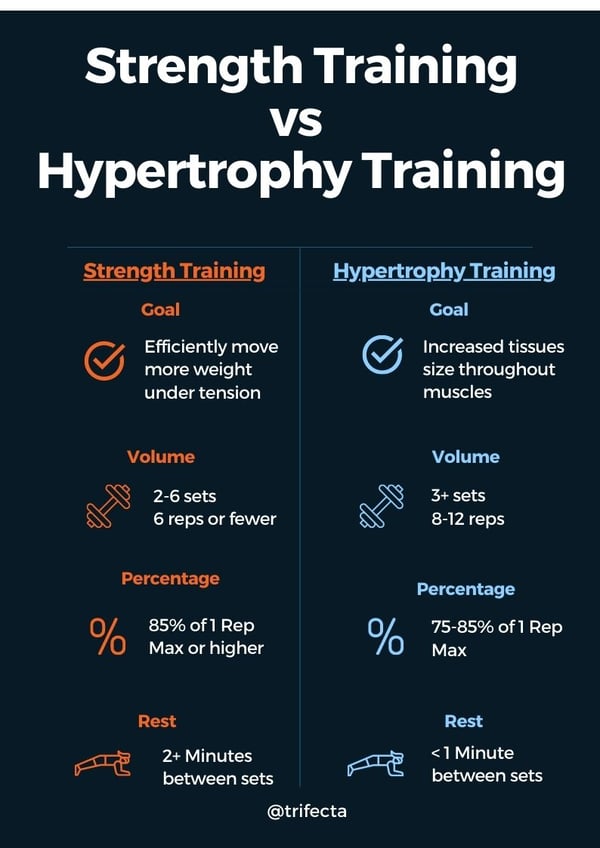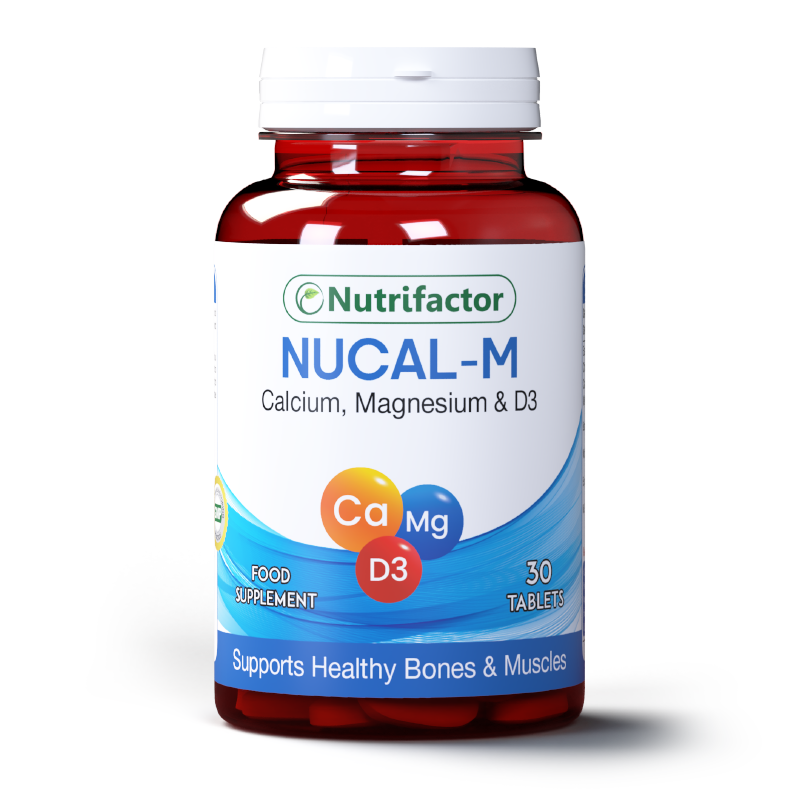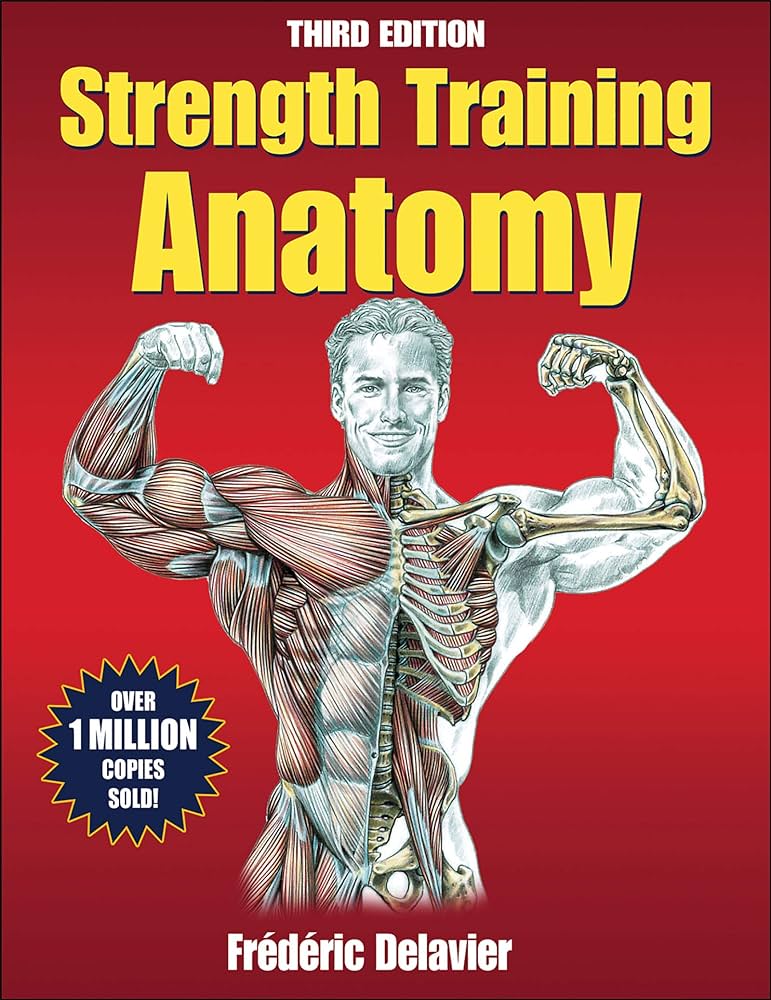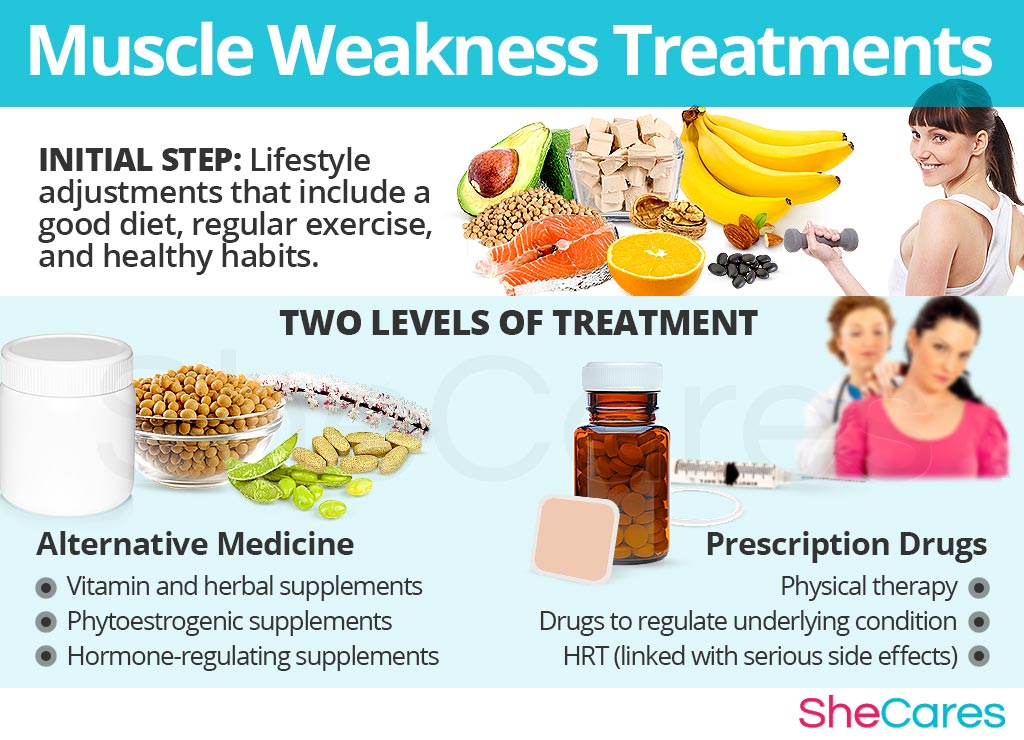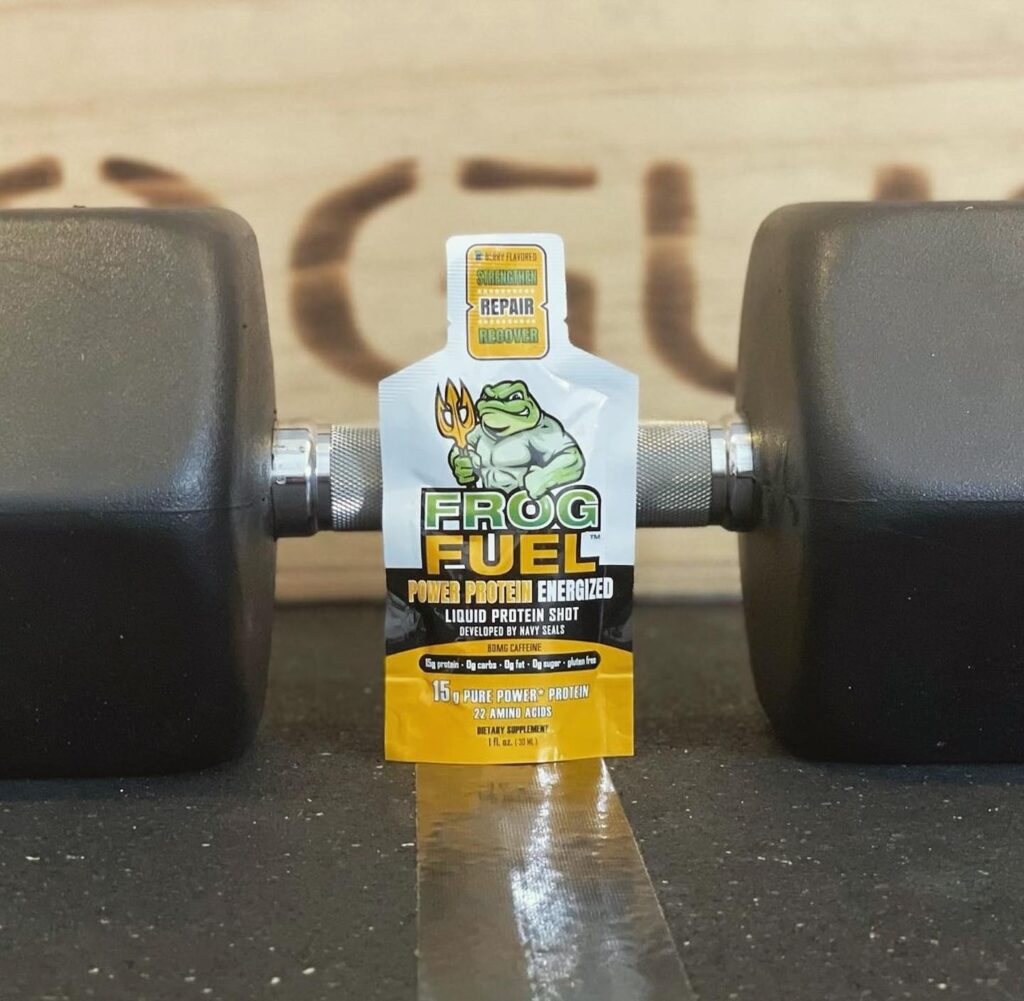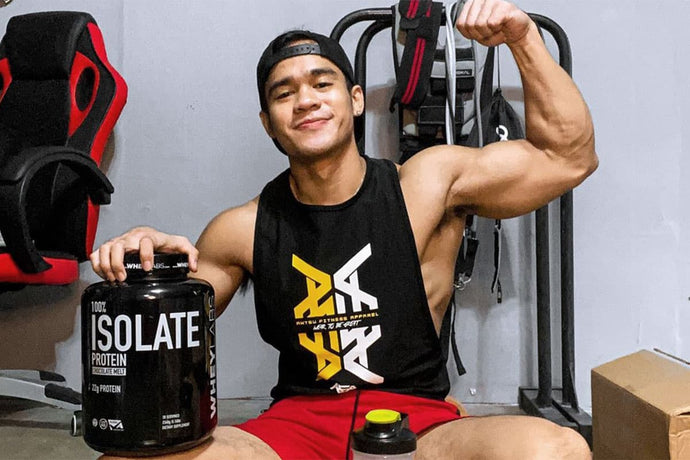The best training methods for muscle growth include resistance training, progressive overload, and compound exercises. Consistency and proper nutrition are also crucial.
Building muscle requires targeted and effective training methods. Resistance training, like weight lifting, stimulates muscle fibers, promoting growth. Progressive overload ensures muscles constantly adapt to increased demands, leading to strength and size gains. Compound exercises, such as squats and deadlifts, engage multiple muscle groups, maximizing efficiency.
Consistency in workouts and adequate rest facilitate recovery and growth. Proper nutrition, rich in protein, supports muscle repair and development. Tailoring a program to individual needs and goals optimizes results. By combining these methods, individuals can achieve significant muscle growth and improved overall fitness.
Strength Training Basics
Strength training helps build muscle and strength. Consistency is crucial. Progressive overload means lifting more over time. Proper form prevents injuries. Rest and recovery are important. Muscles grow during rest. Balanced diet supports muscle growth. Eat protein-rich foods. Drink plenty of water. Track your progress. Adjust your routine as needed.
Lifting weights does not make women bulky. Muscle turns into fat is a myth. More reps don’t always mean better. Heavy weights can be safe with proper form. Muscle soreness is not a sign of a good workout. Supplements are not magic. Cardio alone won’t build muscle.
Progressive Overload
Progressive overload means gradually increasing the weight you lift. Your muscles need to be challenged to grow. This method ensures that your muscles keep adapting. It’s a key factor in building strength and size.
Start with weights you can lift comfortably. Increase the weight slightly each week. Track your progress in a journal. Rest is crucial, so give your muscles time to recover. Mix up your exercises to target different muscle groups. Stay consistent and patient for best results.
Compound Exercises
Squats build strong legs and core. Deadlifts work the back and legs. Bench presses target the chest, shoulders, and triceps. Pull-ups strengthen the back and arms. Rows develop the upper back and biceps.
Proper form prevents injuries. Always keep your back straight during exercises. Use a full range of motion. Start with lighter weights and focus on technique. Gradually increase the weight as you get stronger. Breathe correctly throughout the movement. Exhale during exertion and inhale during relaxation.
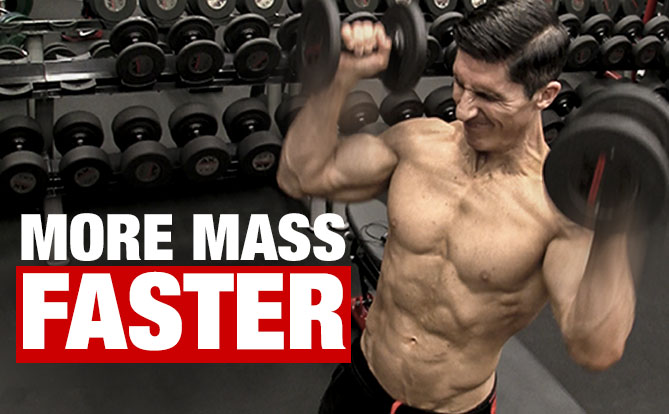
Credit: athleanx.com
Isolation Exercises
Isolation exercises focus on one muscle group. They help in building specific muscles. Bicep curls target the biceps. Leg extensions focus on the quadriceps. Tricep extensions work on the triceps. These exercises are great for muscle growth.
Use proper form to avoid injuries. Start with light weights and gradually increase. Rest the muscles for at least 48 hours between workouts. Warm-up before starting exercises. Cool down after finishing the workout. Drink plenty of water to stay hydrated.
High-intensity Interval Training
High-Intensity Interval Training (HIIT) boosts muscle growth. Short bursts of intense exercise build muscles fast. Rest periods let muscles recover quickly. HIIT increases testosterone and growth hormone levels. These hormones help muscles grow stronger. HIIT also burns fat, making muscles look more defined. It saves time compared to traditional workouts.
| Exercise | Duration | Rest Period |
|---|---|---|
| Jump Squats | 30 seconds | 15 seconds |
| Push-Ups | 30 seconds | 15 seconds |
| Burpees | 30 seconds | 15 seconds |
| Mountain Climbers | 30 seconds | 15 seconds |
Recovery And Rest
Rest is key for muscle growth. Muscles repair and grow during rest. Overtraining can lead to injuries and slow progress. Sleep is the best form of rest. Aim for 7-9 hours of sleep each night. Rest days are also important. Take at least one or two rest days each week. This helps muscles recover and grow stronger.
Stretching helps muscles relax and recover. Do light stretches after workouts. Hydration is crucial. Drink plenty of water to keep muscles hydrated. Nutrition plays a big role. Eat protein-rich foods to repair muscles. Massage can reduce muscle soreness. Consider foam rolling or a professional massage. Cold therapy and heat therapy can also help. Use ice packs or warm towels on sore muscles.
Nutrition For Muscle Growth
Protein is key for muscle repair and growth. Aim for 1 gram per pound of body weight. Carbohydrates give energy for workouts. Choose whole grains, fruits, and vegetables. Fats support hormone production. Include healthy fats like avocados, nuts, and olive oil. Balance your macronutrients to fuel your body right.
Eat a protein-rich meal after workouts. This helps muscles recover and grow. Small meals every 3-4 hours keep your energy stable. Do not skip breakfast; it kickstarts your metabolism. Include protein in every meal. This keeps muscle repair ongoing throughout the day.

Credit: www.youtube.com
Tracking Progress
Using measurement tools helps track muscle growth. A tape measure can track arm, leg, and chest sizes. A scale helps with weight changes. Body fat calipers can measure fat levels. Progress photos show visual changes over time. Keeping a workout journal tracks strength gains and workout routines.
Adjust your plan based on your progress. Increase weights when exercises feel easy. Change exercises to target different muscles. Add more sets or reps if you stop seeing growth. Rest days are important for recovery. Proper nutrition supports muscle growth. Track food intake and adjust as needed.
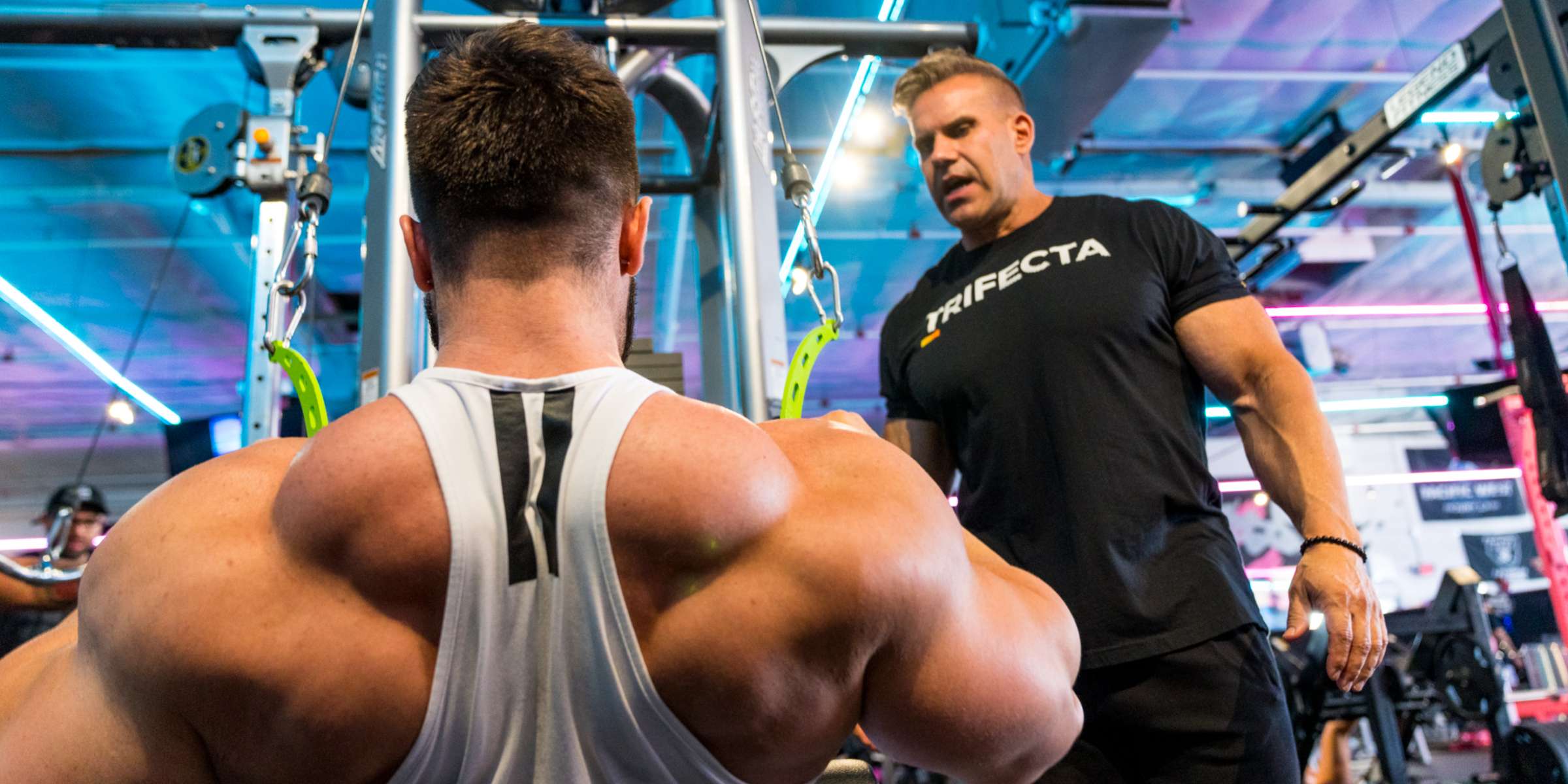
Credit: www.trifectanutrition.com
Frequently Asked Questions
What Are The Best Exercises For Muscle Growth?
The best exercises for muscle growth are compound movements like squats, deadlifts, and bench presses. These exercises target multiple muscle groups simultaneously, maximizing efficiency and effectiveness. Including isolation exercises like bicep curls and tricep extensions can also enhance muscle growth by focusing on specific muscles.
How Often Should You Train For Muscle Growth?
For optimal muscle growth, train each muscle group at least twice a week. This frequency allows sufficient recovery while maximizing muscle stimulation. Split routines, where different muscle groups are trained on different days, can help manage this frequency effectively.
Is Progressive Overload Important For Muscle Growth?
Yes, progressive overload is crucial for muscle growth. Gradually increasing the weight, reps, or intensity of your exercises challenges your muscles. This stimulates muscle adaptation and growth, ensuring continuous progress over time.
Do You Need Supplements For Muscle Growth?
Supplements are not necessary but can support muscle growth. Protein powders, creatine, and branched-chain amino acids (BCAAs) can complement a balanced diet. However, whole foods should be your primary source of nutrients.
Conclusion
Effective training methods are key to muscle growth. Consistency, proper technique, and a balanced diet play crucial roles. Remember, listen to your body and allow adequate rest. Implement these strategies, and you’ll see significant progress in your muscle-building journey. Stay committed and watch your hard work pay off.

